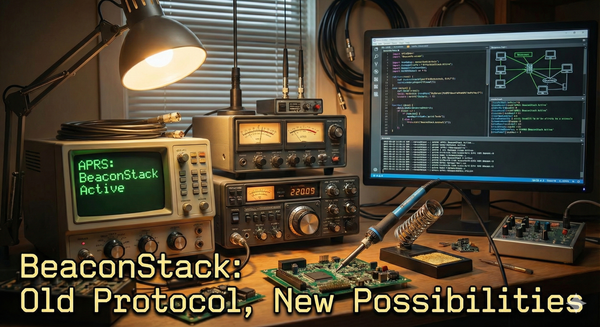The Struggle to Not Get a Philippine Ham Radio Call Sign
I aimed to get a Philippine ham radio call sign but faced exam delays and costly, complex steps. Thanks to local hams’ support, I’m choosing temporary licenses for now. Here’s why.

As an avid amateur radio operator visiting the Philippines for the first time, I was eager to explore the local airwaves. To avoid the hassle of repeatedly applying for guest licenses on future trips, I decided to pursue a local Philippine call sign during my 58-day stay.
The Plan: Seminar and Exam
To get a Philippine call sign, attending a seminar and passing an exam administered by the National Telecommunications Commission (NTC) is mandatory. I eagerly joined the seminar, completed all requirements, and gathered the necessary documents. Exams were scheduled every Wednesday, so I was optimistic about making steady progress.
The Setback: Exams on Hold
However, when I went to register for the exam, I hit an unexpected roadblock. The NTC informed me that all exams had been on hold since December 2024 due to a pending memorandum. To add to the frustration, exams in 2025 would only be held on Fridays—derailing my carefully laid plans beyond my control.
Helpful Locals, Frustrating System
Despite this setback, I met many generous local amateur radio operators who guided me through the process. Their support was invaluable and one of the highlights of my experience. Still, the complexity and delays in the system were discouraging.
Why I Lost Interest
Starting from a Class C license felt like a step backward. Holding the highest amateur radio licenses in Germany and the USA, I’m accustomed to broad operating privileges. To reach the equivalent Class A level in the Philippines, I would first have to pass the Class B exam, then Class A, including a Morse code test.
In contrast, the guest license for foreign Extra Class holders lets me operate with temporary Class A privileges (limited to 100W) without jumping through such hoops.
The Costs
Here’s the cost breakdown from the PARA website:
- Filing Fees:
- Class A: ₱180
- Class B: ₱192
- Class C: ₱204
- Permit to Possess: ₱60 plus ₱50 per unit
- Notarial Fee: ₱120
- Documentary Stamp: ₱30
- Folder: ₱10
- PARA Service Charge: ₱300
- PARA Endorsement: ₱200
- PARA Membership Fee: ₱500 (or ₱5,000 lifetime)
This adds up, making the process costly—especially for a short-term visitor.
Is It Worth It?
The Philippine licensing process for foreigners feels overly complicated and expensive. While standards are important, the system seems more restrictive than neighboring countries, where foreign licenses are often recognized with simpler local compliance.
Final Thoughts
Though I cherish the friendships I made with local hams and appreciate their kindness, I’ve decided not to pursue a Philippine call sign for now. I’ll likely rely on temporary licenses for future visits. Other countries in the region offer easier access for foreign operators, making them more attractive destinations.



